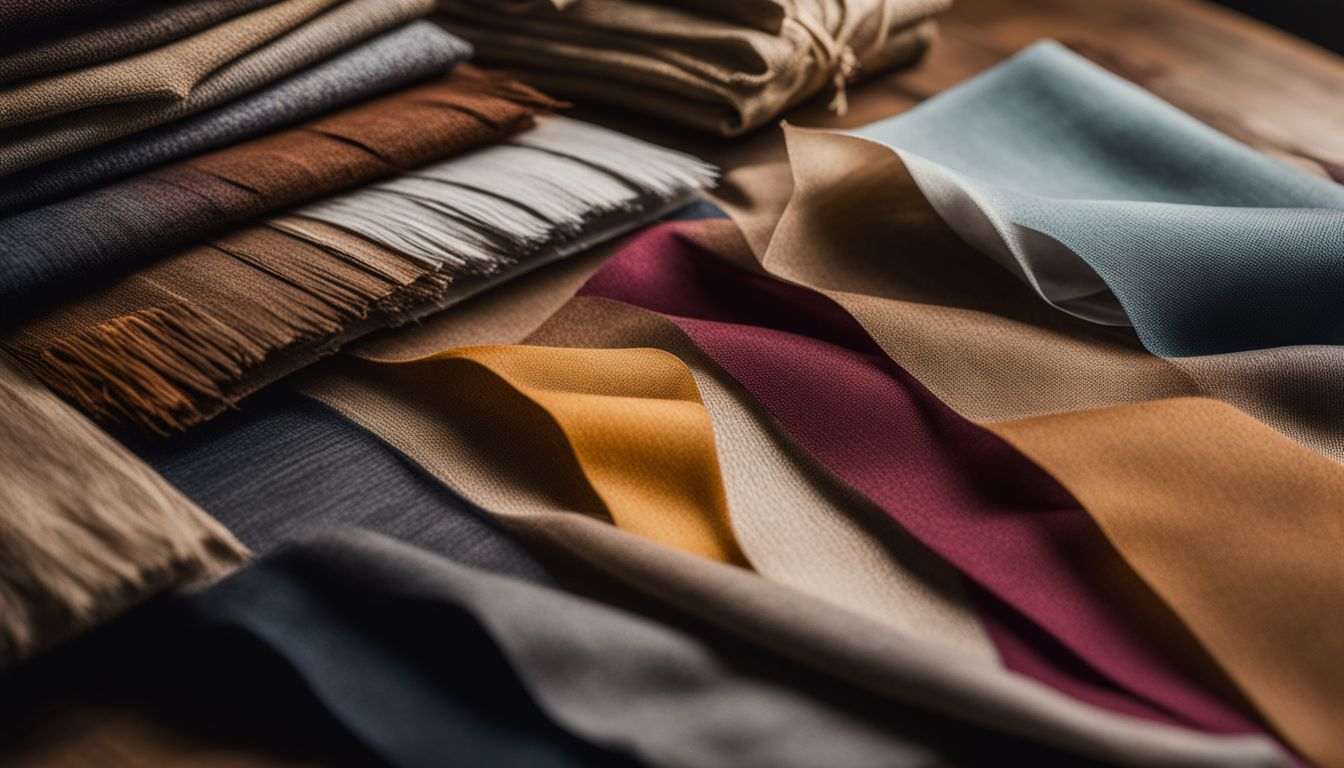Are you tired of your clothes losing their shape, feeling uncomfortable, or harming the environment? You’re not alone. Many are turning to natural fabrics as a cozy and earth-friendly solution for their wardrobe woes.
Interestingly, cotton fabric has been helping people stay clothed since 3300 BC! So we’ve been relying on nature’s closet for ages.
This blog post will guide you through the diverse world of natural fabrics that are kind to both your skin and Mother Earth. From luxurious silk to durable hemp, discover twenty types of fibers gifted by nature itself.
We’ll explain how each type benefits you and our planet in surprising ways. Ready? Let’s unwrap nature’s finest offerings together!
What are Natural Fabrics?
To begin with, let’s learn something about natural fabrics:
Definition and History
Natural fabrics come from fibers found in the world around us, including plants like cotton and flax, animals such as sheep and goats producing wool and cashmere, or even minerals.
These fibers are spun into yarns, woven, or knitted into textiles that have clothed humanity for millennia. From the organic farms where they come from to your closet, these products have undergone a long history of innovation and skill.
The oldest linen cloth was found in Turkey in 6500 BC. Around 3300 BC, people in the Indus Valley Civilization made cotton. Transforming raw natural fibers into usable fabric requires meticulous steps. Cultivation involves farmers mastering their land breeds. Processing includes scouring and bleaching. Then yarn production leads to knitting or weaving before finally dyeing and finishing the final product.
This long process shows that traditional methods are still used today in the world of sustainable fashion. But people there want to make choices that are better for the environment.
Benefits of Natural Fabrics
- Comfort and Breathability: Natural fibers like cotton, linen, and silk offer unmatched breathability. These materials allow air to circulate close to the skin, keeping you cool even on hot days. Clothes made from natural fibers absorb sweat quickly and release it into the air. This means less discomfort from sticky garments and more enjoyment of your daily activities.
- Hypoallergenic Properties: Many people with sensitive skin find natural fibers to be a soothing choice because they are less likely to cause allergic reactions. These fabrics allow your skin to breathe and reduce the risk of irritation since they don’t contain the chemicals often found in synthetic materials.
- Environmental Advantages: Choosing natural fabrics can have a significant positive impact on the environment. These materials are often biodegradable, meaning they break down naturally without leaving harmful residues behind.
Natural vs. Synthetic Fibers
When it comes to choosing between natural and synthetic fibers, it’s essential to understand their differences and the respective benefits and drawbacks they offer. Whether you’re selecting fabric for clothing, home textiles, or industrial use, this comparison will help guide your decision.
| Natural Fibers | Synthetic Fibers |
|---|---|
| Biodegradable | Non-biodegradable |
| Comfortable and breathable | Less breathable |
| Hypoallergenic properties | Can cause skin irritation |
| Renewable resources | Made from nonrenewable resources |
| Tend to wrinkle and shrink | More wrinkle-resistant |
| Can be more expensive | Generally more affordable |
| Typically require special care | Often easier to care for |
| Age well over time | Can look worn with age |
| May wear out more quickly | Often more durable |
Natural fibers offer a range of benefits, such as comfort and environmental sustainability. Synthetic fibers are man-made and typically derived from petrochemicals. They offer durability and easier maintenance. Which one you choose will depend on your wants and values, especially if you care a lot about being natural and eco-friendly.
20 Types of Natural Fabrics
Discover the diverse world of 20 natural fabrics, each with unique qualities that suit various needs.
1. Cotton

Cotton is the most popular natural textile fiber around the globe. It is pure cellulose harvested from seed hairs. Its cultivation requires a great deal of labor and attention to detail. But the result is a renewable fiber celebrated for its remarkable comfort.
Cotton is incredibly soft and excels in heat conduction and absorbency. So it’s perfect for spring-summer wear to fall-winter attire. But it does tend to wrinkle, calling for careful maintenance.
This fabric’s versatility allows it to be combined with other fibers, like polyester or spandex. The combinations can enhance certain characteristics, such as elasticity, or reduce costs in textile production.
When it’s hot outside, cool cotton dresses are the most comfortable thing to wear. When it gets cooler, cozy sweaters are the most comfortable thing to wear. This is why cotton is so popular in the fashion industry all over the world.
2. Hemp

Hemp fabric reigns as a powerhouse in the world of natural fibers. It stands out for its durability and environmentally friendly nature. As a plant-based textile derived from the hemp plant’s stem, it captures impressive amounts of carbon dioxide, contributing to its eco-conscious appeal.
With 70% cellulose content, hemp is not only an efficient heat conductor but also boasts natural antibacterial qualities. These make it an attractive option for fashion-forward consumers.
This highly versatile fiber has an uncanny ability to absorb dyes and provide UV protection. Due to its resistance to mildew, it can be used to make summer clothes that are both stylish and comfortable.
Innovations such as “cottonizing” are expanding hemp’s horizons into high-quality fashion markets. When blended with other fibers, like cotton or silk, the result is a material that enhances softness without compromising strength. That’s why it’s perfect for making clothes, home materials, and long-lasting paper goods that are used in many fields.
3. Jute
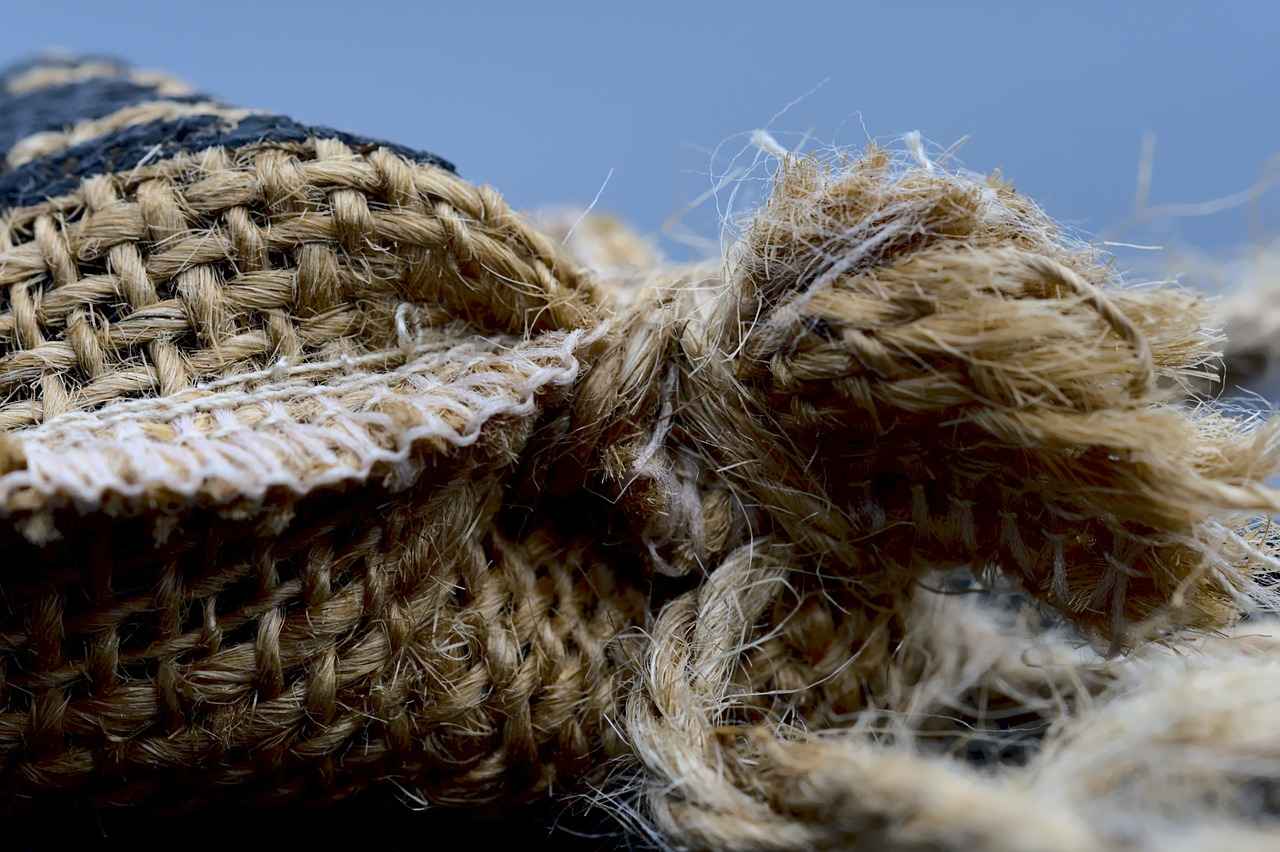
Jute, often referred to as the “golden fiber” due to its shiny hue, is a highly sustainable choice among natural fabrics. In terms of global production volume, cotton is the only competitor.
This versatile material comes from the jute plant’s stem and has become a staple for its eco-friendly benefits. Despite being one of the most affordable fibers to produce, jute doesn’t sacrifice durability or utility.
Jute is used in a lot of different things, from rustic home fabrics to geotextiles that help farmers and people who work to stop pollution. Its tough nature makes it suitable for industrial applications, including packaging materials and even footwear manufacturing.
Additionally, jute plants are more eco-friendly because they are easy to grow and don’t need many chemicals like pesticides or fertilizers.
4. Flax

Flax plants give us more than just healthful seeds. They are the source of linen, a fabric prized for its durability and comfort. Grown primarily for its fibers, flax is transformed through an involved process. It includes cultivating the plant, harvesting it, and then extracting and refining the fibers from the stem.
Once these steps are complete, flax fibers can be woven or knitted into linen—a textile with remarkable resistance to damage from sunlight as well as moths.
The popularity of flax-based fabrics in clothing and household items stems from their natural qualities. Linen breathes well, making it cool to wear on hot days. It’s also biodegradable, which aligns perfectly with today’s eco-friendly fashion movement.
These features make it ideal for summer clothes or home textiles. Linen is still a sign of easy grace, even though it wrinkles easily, which is often seen as part of its charm. It is still sought-after for both high-fashion clothing and everyday items.
5. Nettle
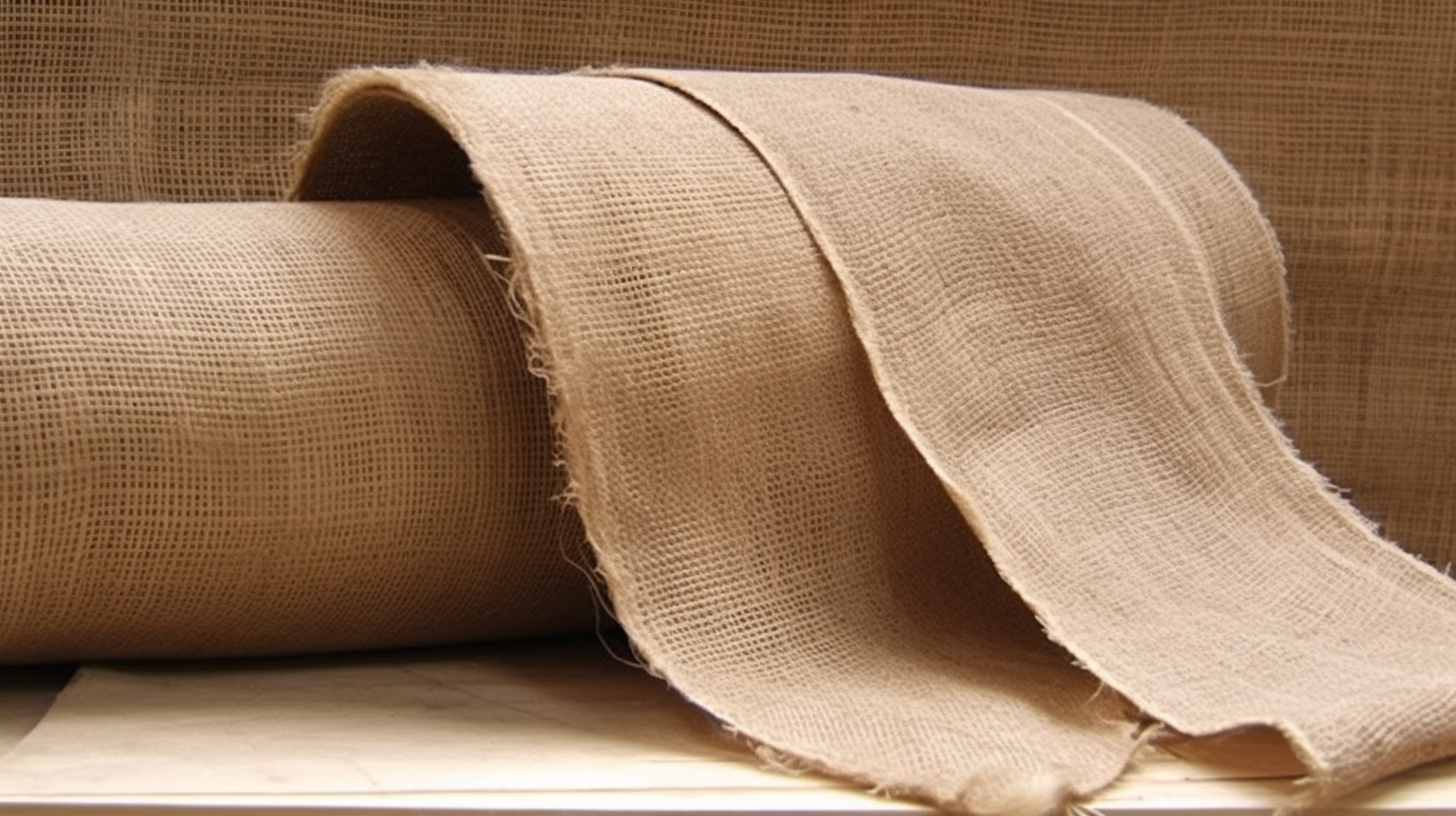
Nettle fibers are gaining attention for their exceptional durability and strength. These make them a solid choice for producing long-lasting textiles. Derived from the nettle plant, these bast fibers stand out in the fashion world not only for their robustness but also because they’re an environmentally responsible material.
The process of turning nettles into fabric is more sustainable compared to conventional textile production.
Designers and consumers alike value nettle fabric. It’s not just about being green. It’s about to pick fabrics that are good for the earth and will last for many years of wear.
As demand increases, nettles are poised to become a more common sight in fashion collections and household items across the globe.
6. Ramie
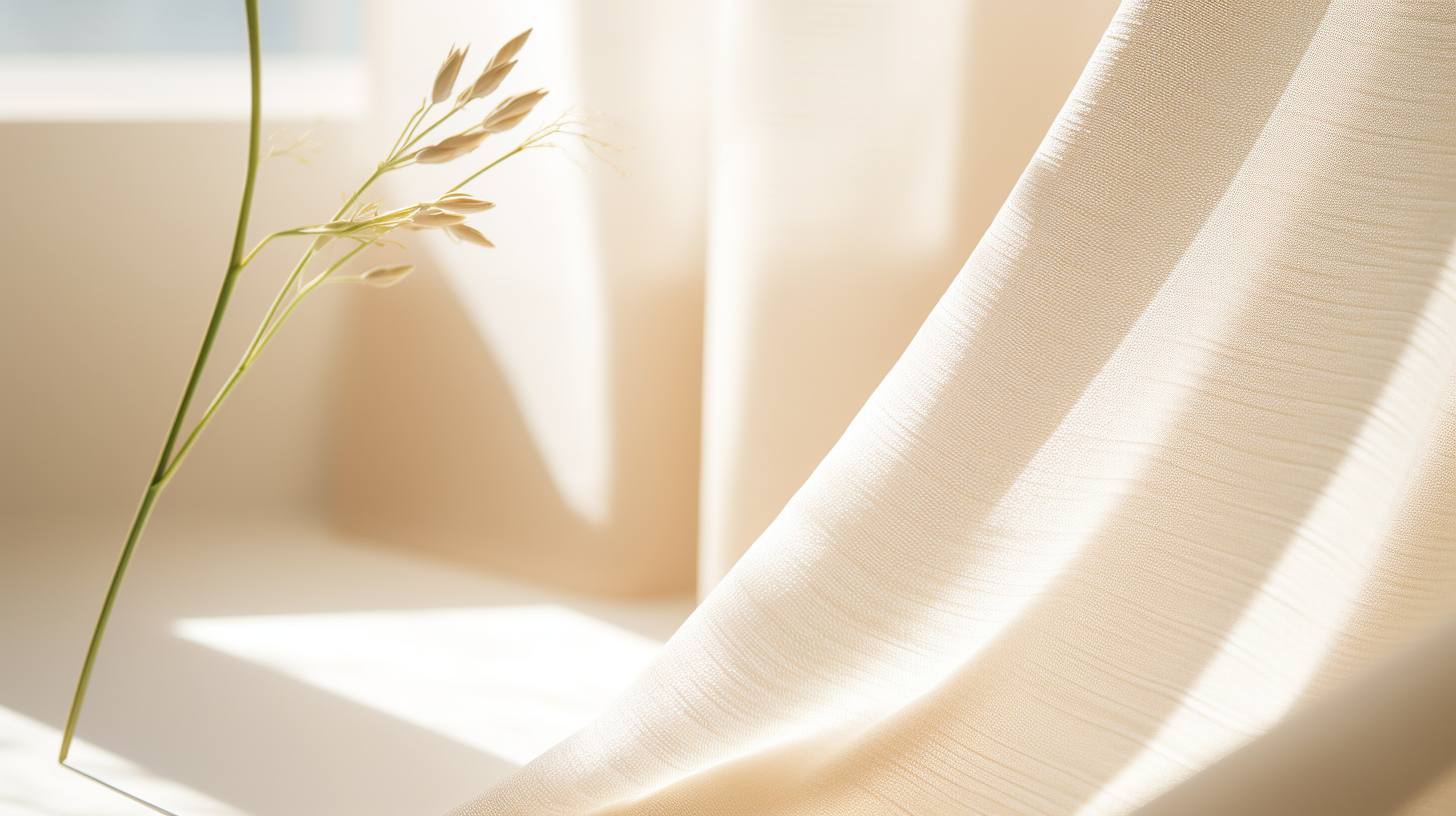
Ramie fiber, often known as China grass, is a natural fiber that shines like silk. It stands out for its strength and ability to hold shape. It’s a popular choice for lightweight and silky fabrics.
Unlike some other fibers, ramie doesn’t stretch much, which makes it ideal for sewing into garments that require structure. Its high resistance to bacteria and mold also means ramie-based cloths stay fresh longer.
You’ll find ramie frequently blended with cotton and wool to enhance its durability. This plant-based fiber can be dyed in vibrant colors, adding more variety to your wardrobe choices.
7. Linen
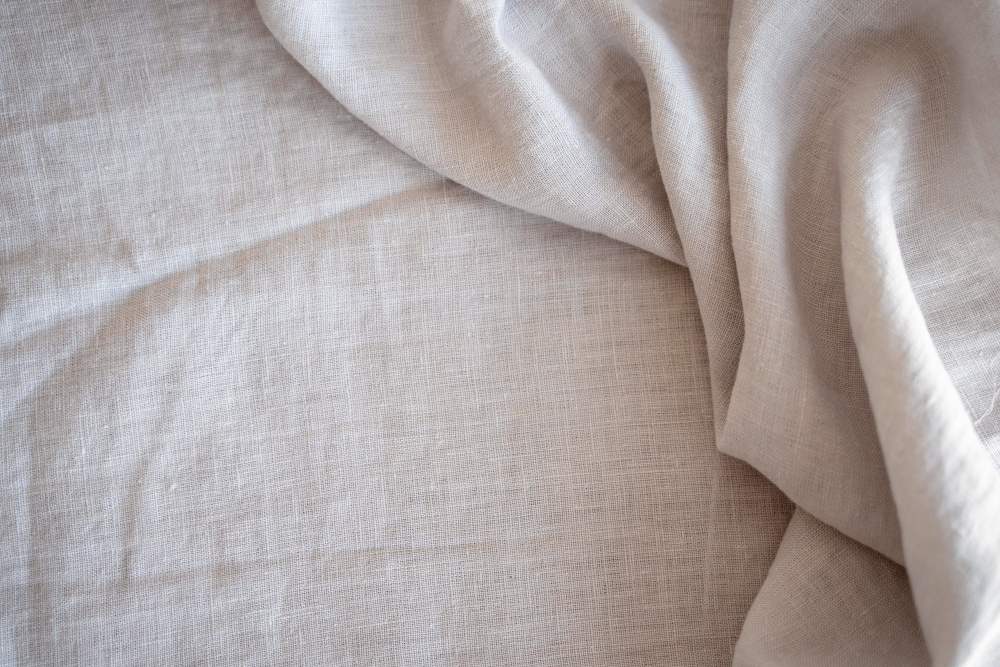
Linen offers a blend of beauty and durability that sets it apart from other natural fabrics. Made from the fibers of the flax plant, linen cloth is notable for its strength and longevity.
It stands up to sunlight without fading and resists damage from moths, dust, and stains. All these make it an excellent choice for both clothing and home textiles. Its natural biodegradability adds to its environmental appeal.
Despite these impressive qualities, linen isn’t without drawbacks. It has a tendency to wrinkle easily, which can present a challenge to maintaining a crisp look. Moreover, the extensive labor required to produce high-quality linen contributes to its higher cost.
Despite these factors, the luxurious feel and sustainable reputation of linen frequently persuade consumers to choose it. It’s an investment in both style and eco-conscious living.
8. Coir
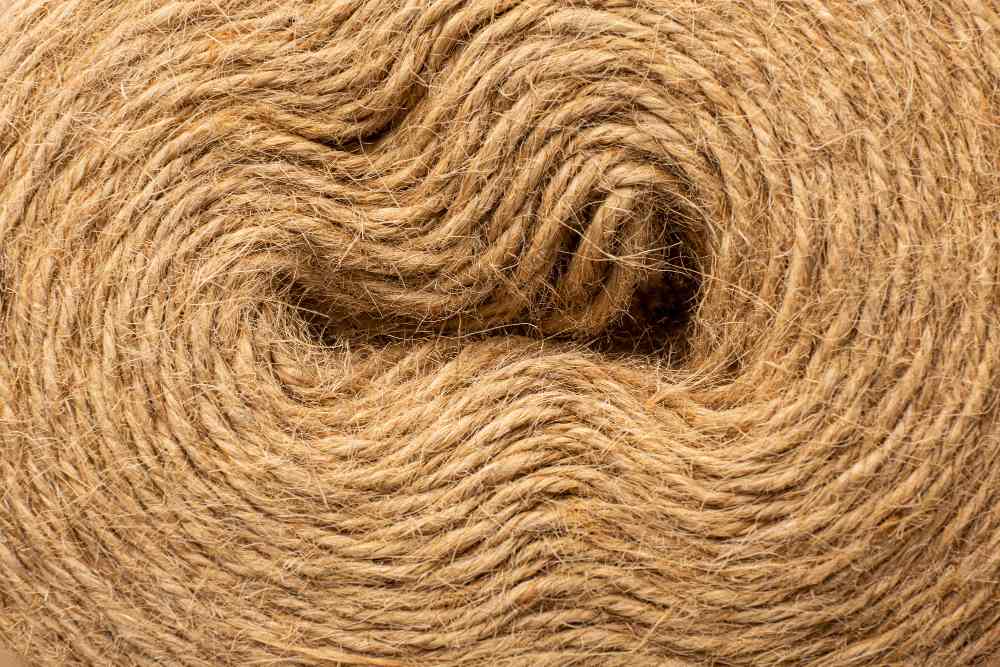
Coir stands out in the world of natural fabrics for its robust nature and sustainability. It is extracted from the husk of coconuts. This fibrous material has made a significant mark due to its durability and resistance to sunlight in both fashion and home textiles.
It is an environmentally conscious choice for eco-friendly product lines. In addition to clothing, you’ll find coir commonly used in mats, brushes, sacks, and even within the upholstery industry.
Its versatility extends beyond traditional uses as it integrates into new markets that value sustainable materials. Due to these characteristics, coir also proves invaluable in horticulture as well as erosion control projects where natural reinforcement is essential.
9. Abaca
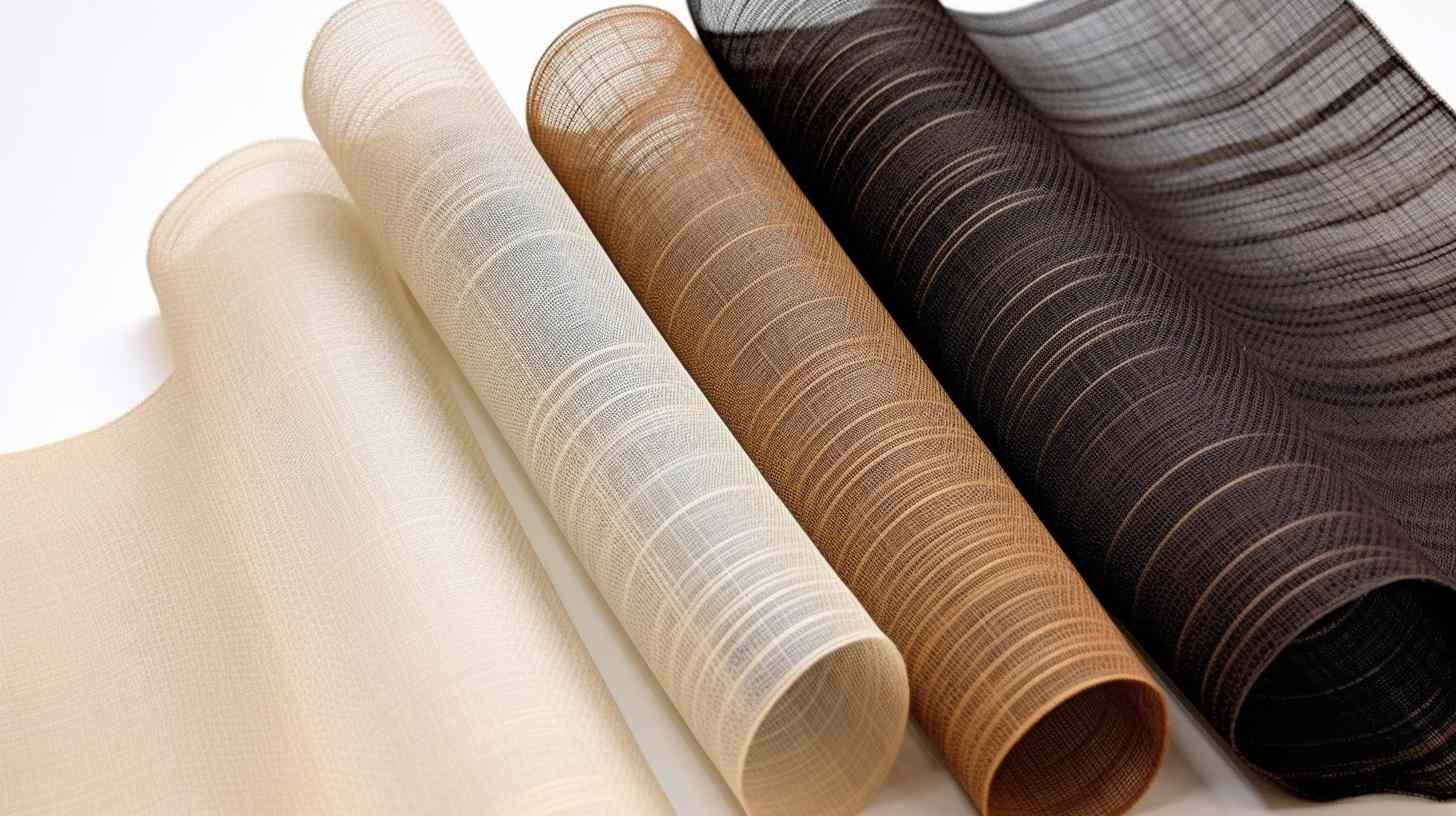
You can also call abaca fiber “Manila Hemp”. It comes from the leaf sheaths around the stems of the abaca plant, which is related to the banana plant. This robust fiber has a unique claim to fame for its exceptional resistance to saltwater damage.
Because it is strong and flexible, abaca can be used to make a lot of different things. You can find everything from specialty clothes to rugs and tablecloths for the home.
Its impressive length allows textile fibers to be more than 3 meters long. It can be woven into fabrics that are strong enough for maritime use yet refined enough for fashion-forward apparel.
10. Bamboo

Bamboo fabric stands out for its softness and breathability. It is a favorite for those who seek comfort in their clothing. It is derived from the pulp of bamboo grass, a material often praised for its durability and natural sheen.
Due to these properties, you’ll find bamboo fabrics offering a luxurious feel similar to silk. But with the added benefits, it is able to wick moisture away from the skin.
Despite its natural origins, transforming bamboo into fabric requires chemical processes that have raised some environmental concerns. Because of this, companies often mix bamboo with cotton or silk to improve its properties. Meanwhile, they’re also trying to use more eco-friendly production methods.
11. Silk
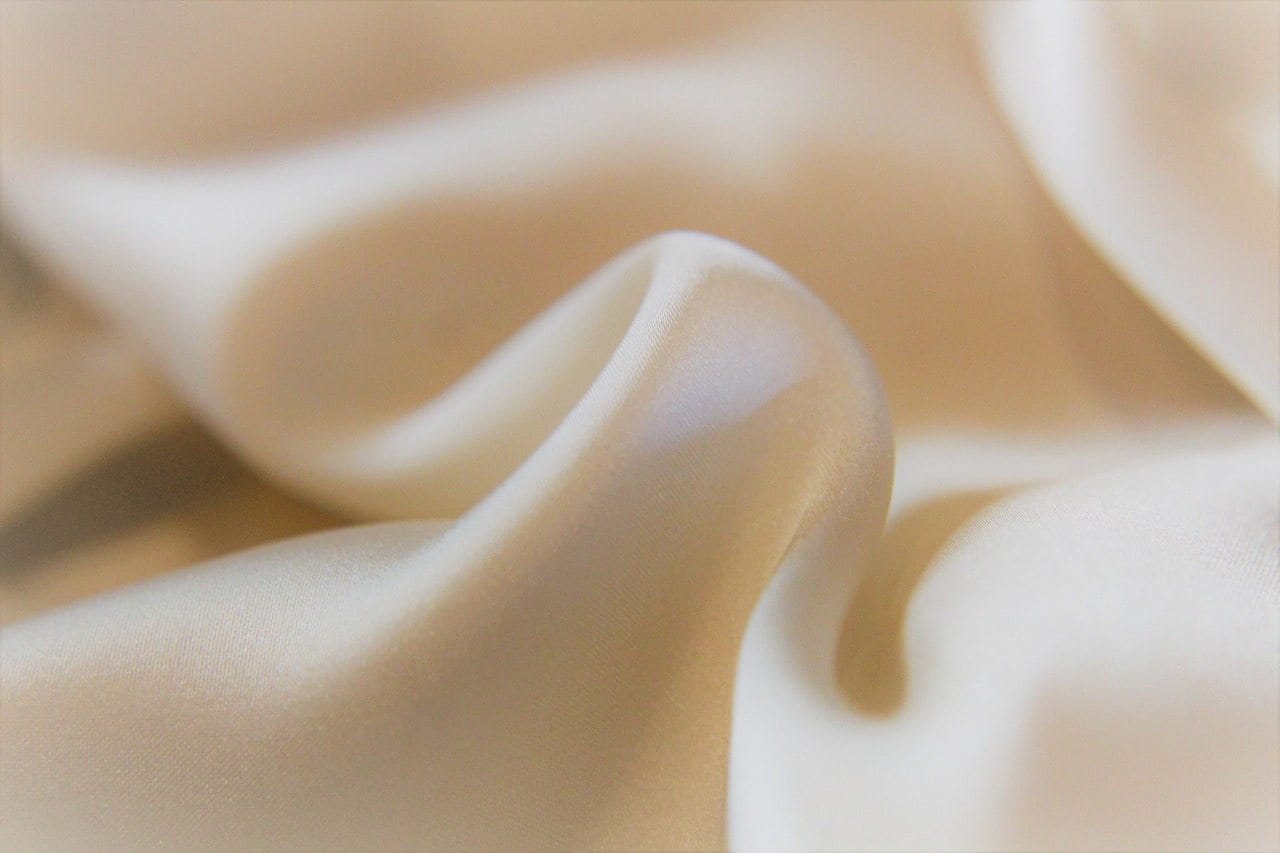
Silk offers the unique ability to keep you cool in the heat and warm when it’s cold. It’s a favorite for those seeking comfort in any season. This luxurious fabric stands out with its smooth texture and mesmerizing shine, which can turn any piece of clothing into something special.
Silkworms, who diligently work to produce the silky filaments that form their cocoons, spin the delicate strands. Despite silk’s elegance and strength, care should be taken, as exposure to light and moisture can weaken the fabric over time.
Clothing made from silk drapes beautifully, breathes well, and resists allergens. Anyone looking for both style and functionality in their wardrobe values these qualities.
12. Sisal
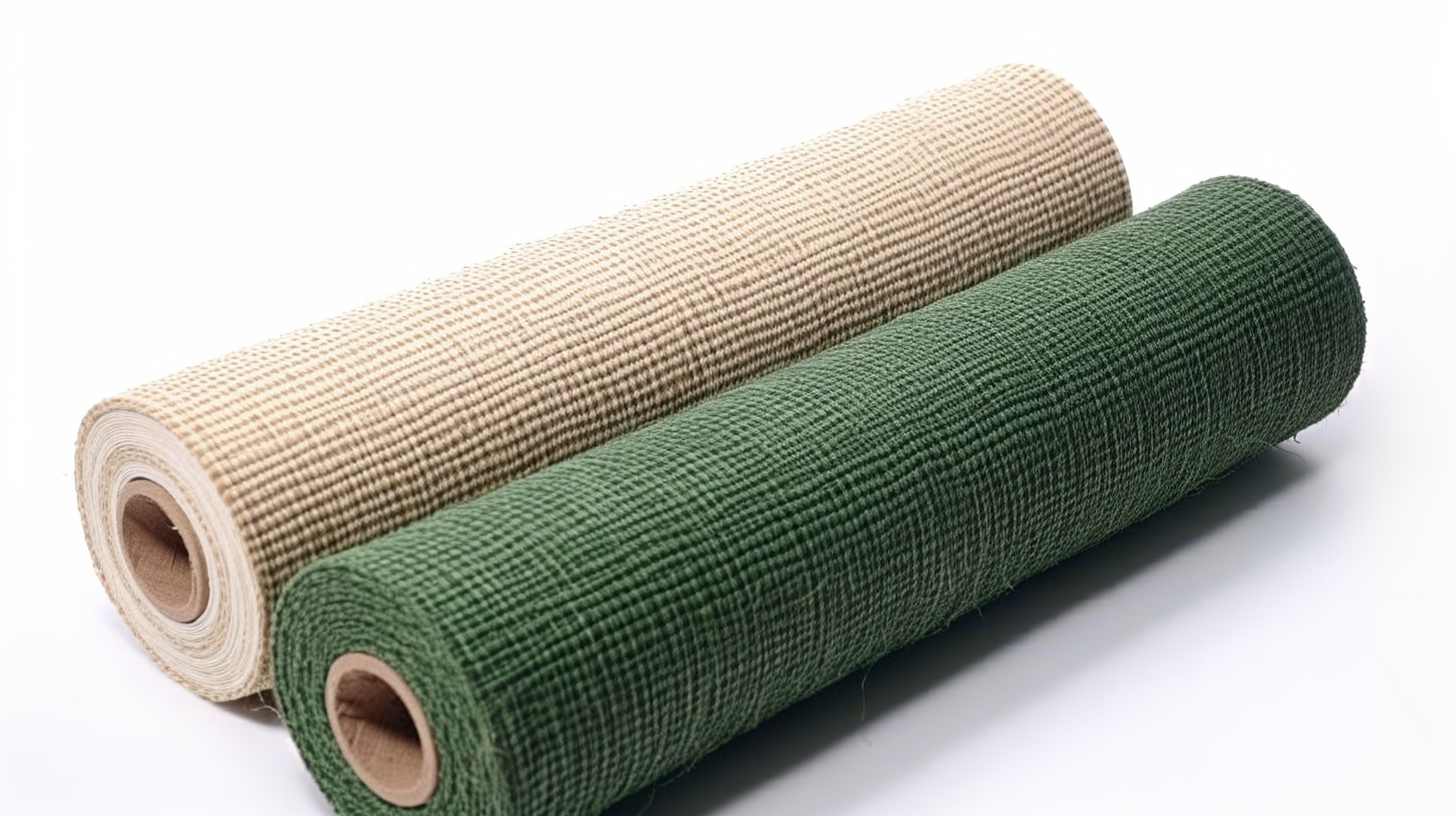
Sisal fibers, hailing from the agave plant, are known for their toughness and resilience. Ropes, twine, carpets, and even dartboards rely on this robust material due to its excellent durability.
In your home or office space, sisal can add a touch of sustainable sophistication with its natural look when used in decor items or furniture upholstery. This eco-friendly option ranks highly among renewable resources because of its biodegradable nature.
With strong resistance to saltwater damage, sisal is also perfect for nautical applications such as marine ropes. Beyond this, it also plays an invaluable role in environmental conservation.
13. Asbestos

Asbestos isn’t a fabric you associate with cozy sweaters or luxurious scarves. But it shares a common history with natural fibers like cotton and silk. Long ago, its durability made it popular in certain textiles.
However, we’ve since learned that asbestos can be incredibly harmful. Tiny fibers can easily become airborne, and when breathed in, they pose serious health risks such as asbestosis and lung cancer.
Its historical use has given way to caution and strict regulation because of these health concerns. So being aware of the dangers asbestos poses is essential.
14. Mineral
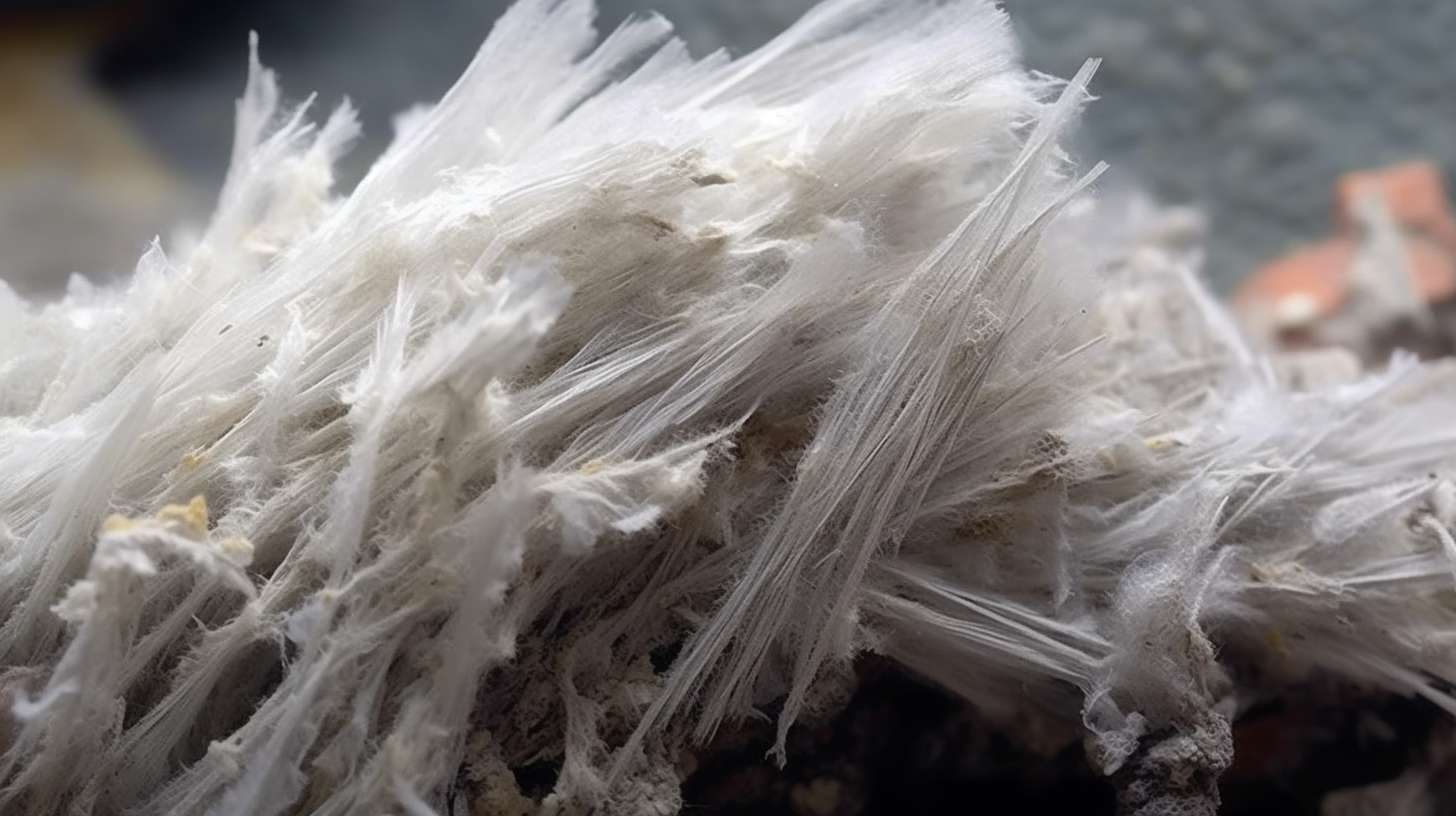
Mineral fibers, not as commonly known in the textile world, stand out for their unique properties. Asbestos, a natural mineral fabric, was historically valued and woven into fire-resistant clothing and building materials due to its durability and heat resistance.
These fibers are extracted from naturally occurring minerals. The process is similar to how plant-based fibers are harvested from organic sources.
Your closet might not be brimming with mineral-based fabrics just yet. But these threads play a significant role in specialized industries across different cultures.
15. Wool

Sheep’s wool stands as a marvel of natural insulation, offering warmth while effectively resisting water. Its fibers have an innate ability to wick moisture away. So it can keep you dry and comfortable in various climates.
Crafted into woolen garments like pullovers, socks, and jumpers, this versatile fabric can keep you cozy during the winter months and surprisingly cool when temperatures rise. However, some may find its texture slightly scratchy against the skin.
16. Cashmere
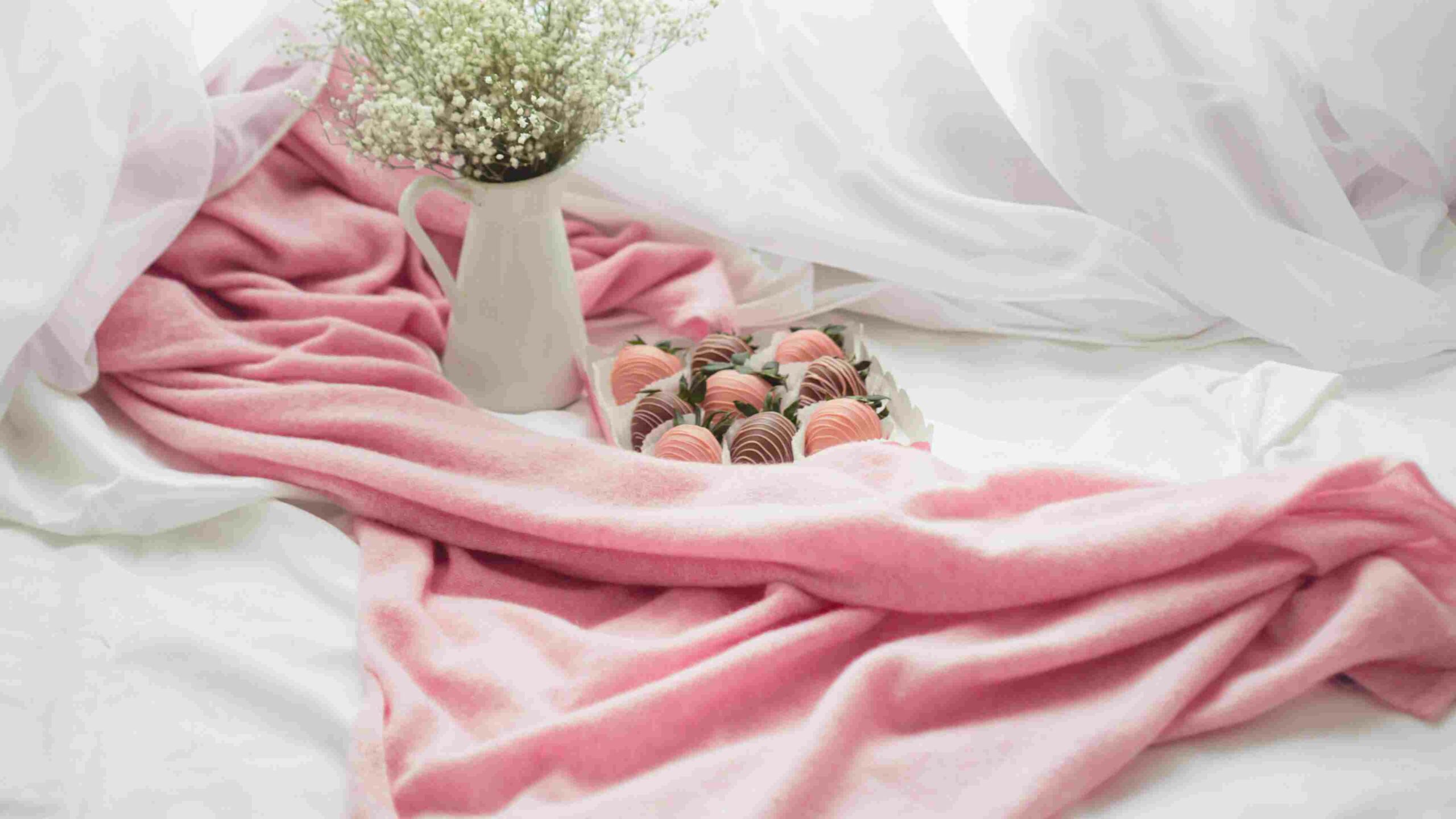
Cashmere, one type of wool, offers you unparalleled comfort with its insulating properties. It can keep you warm in winter and cool in summer. This high-end fiber comes from the Kashmir goats of India and stands out for its resiliency and durability. This means your cashmere sweater not only feels amazing but also lasts a long time. Despite being lightweight, it’s incredibly warm and doesn’t wrinkle easily.
However, caring for cashmere requires a gentle touch to prevent shrinking or pilling. Always check the label before washing. Be mindful of moths, too. They find this natural fabric irresistible, so storing your cashmere properly is key to maintaining its quality over time.
17. Alpaca Wool
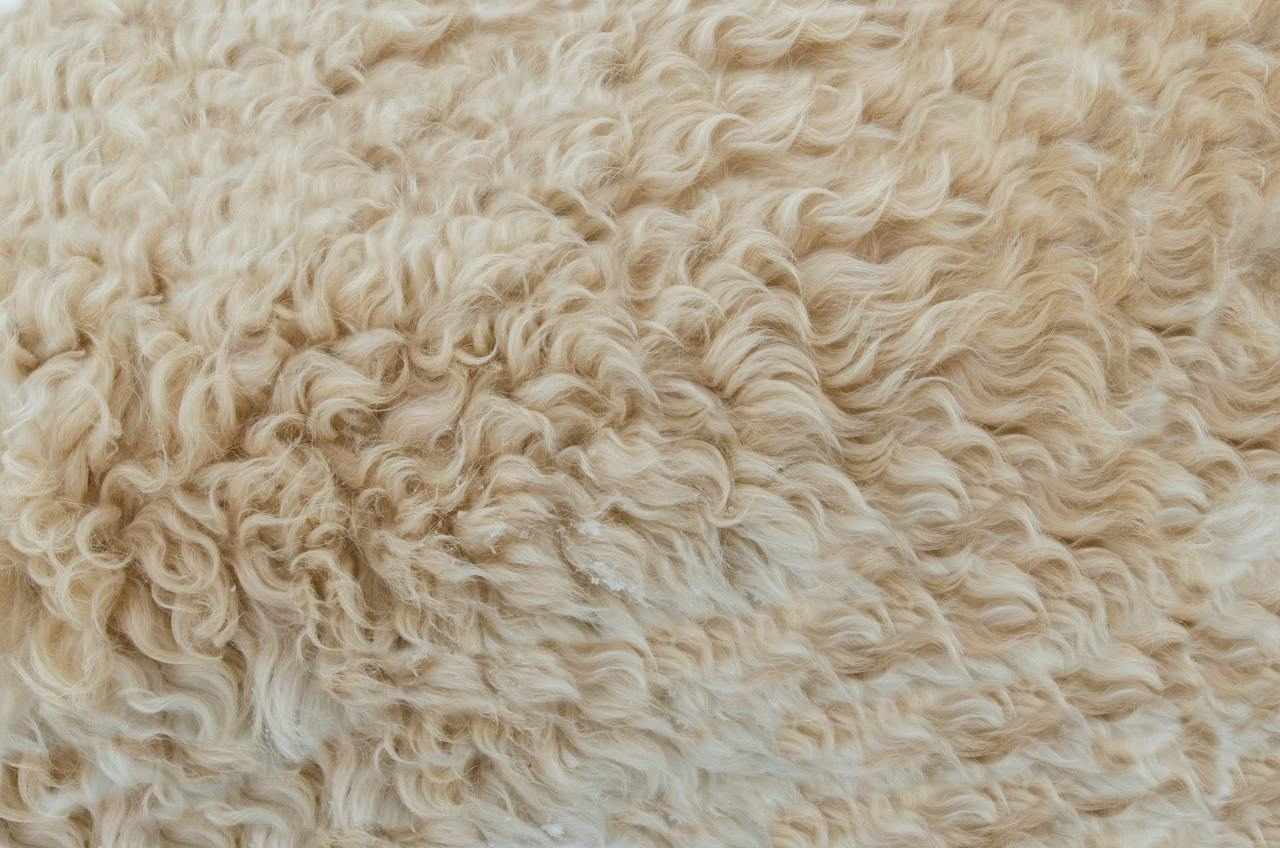
Alpaca wool stands out for its incredible softness. It’s a favorite for crafting high-end luxury garments. Unlike other animal fibers, alpaca is hypoallergenic and doesn’t irritate the skin.
Even though it feels light, alpaca wool is very warm, so you can wear it in the winter without adding extra bulk. Alpaca fibers are also becoming more and more popular among makers of sportswear.
Twenty-three natural shades of color are found in alpaca fibers. This means that chemical dyes are not needed as much.
Alpaca’s breathability adds comfort to its list of benefits. But keep in mind: these fibers require gentle hand-washing and careful storage. Because they can attract moths and are prone to mildew if not cared for properly.
18. Mohair

Mohair shines like silk but has a toughness that outlasts wool from sheep. This luxurious fiber comes straight from Angora goats, prized for their fluffy coats, which can give us this durable and insulating yarn.
Imagine wearing a sweater that stays warm even when damp. Mohair makes it possible because of its unique heat-regulating properties. Soft on your skin and with an innate sheen, it’s no surprise designers turn to mohair for everything.
You’ll find crochet aficionados reaching for mohair to add a touch of class to their creations. The benefits of the fabric mean that throws and scarves won’t just look good. They’ll also last through countless chilly evenings.
19. Angora

Angora comes from the delicate fur of the Angora rabbit, setting itself apart as a high-end natural fabric. Its enticing softness and warmth make it an exceptional choice for crafting winter wear and luxurious fashion accessories.
This fiber dazzles with its fluffy appearance. And it is adored for creating cozy sweaters, hats, scarves, and gloves that offer both comfort and elegance in chilly weather.
Designers often blend it with other wools to enhance durability while maintaining its plush feel. The unique properties of this animal fiber cater to those seeking opulence without compromising on functionality.
20. Camel

Camel is a fiber obtained from the soft undercoat of Bactrian camels. This rare fiber offers unmatched softness and provides warmth without adding bulk. Because it can keep heat in, it is twice as warm as sheep’s wool and is regarded as high-end fashion for winter wear.
Designers favor camel hair for its ability to drape elegantly and resist wrinkling. It is ideal for sophisticated coats, jackets, and accessories.
Despite its luxurious feel and aesthetic appeal, camel hair requires careful handling. It is prone to static buildup and can pill up if not properly maintained. Moreover, incorrect washing may lead to shrinkage. Meanwhile, the fabric is also susceptible to damage by moths and mildew if not stored correctly.
So if you buy clothes or accessories made of camel hair, make sure you take good care of them.
How to Choose the Right Natural Fabric for Your Needs
When choosing the perfect natural fabric, consider its use in chic clothing or cozy home textiles. Learn to discern which fibers offer superior comfort and require minimal maintenance.
Dive into our guide for a savvy selection tailored to your lifestyle. Keep reading for expert tips on embracing nature’s finest materials.
Application of Natural Fabrics in Clothing
Natural fabrics transform how you experience clothing, providing comfort and style sourced from the earth. With their renewable fibers, they offer a luxurious look that respects the environment.
- Cotton fabric is a wardrobe staple for everything from T-shirts to underwear.
- Linen brings elegance to summer wardrobes with its crisp feel and ability to stay cool.
- Wool offers unmatched warmth in winter apparel, including sweaters, scarves, and coats.
- Silk elevates formal wear with its smooth feel and natural sheen. It’s ideal for ties, blouses, and lining luxury outfits.
- Hemp fibers provide durable options for jeans and canvas shoes.
- Bamboo fabric has become popular for activewear due to its moisture-wicking abilities and soft comfort against the skin.
- Cashmere is sought-after for high-end sweaters and wraps that combine lightweight warmth with a sumptuous touch.
- Alpaca wool is utilized in sportswear designed for cold climates because of its superior insulation qualities.
- Ramie contributes gloss similar to silk in blends that add strength to other natural fiber apparel, like summer suits.
- Jute accents give an organic aesthetic to accessories such as hats or eco-friendly shopping bags due to their rugged texture.
Natural Fabrics for Home Textiles and Rugs
Transform your living space with the comfort and elegance of natural fabrics. These materials not only enhance the aesthetic of your home but also offer functional benefits.
- Cotton is a highly versatile fabric that’s often used in home textiles like bed linens, curtains, and upholstery.
- Linen, known for its strong and absorbent qualities, makes for excellent tablecloths, towels, and bedding.
- Wool offers unparalleled warmth and is commonly used in rugs and blankets to create a cozy atmosphere in any room.
- Silk brings a touch of luxury to interiors with its shimmering appearance, making it perfect for decorative pillows and draperies.
- Hemp fabric showcases durability along with mildew-resistant properties, making it suitable for area rugs and heavy-duty upholstery.
- Bamboo fibers produce textiles that are both soft and eco-friendly. Bamboo towels and sheets are becoming increasingly popular choices.
- Jute adds a rustic charm to homes through woven baskets, placemats, and rugs.
- Coir is tough enough for doormats but can also lend an exotic flair when used in textured wall hangings.
- Alpaca wool is ideal for luxurious throw blankets or plush carpeting that stands up well to foot traffic.
Fabric Care and Maintenance of Natural Fibers
Caring for natural fibers in your clothing and home textiles ensures they remain durable and beautiful. Proper maintenance can extend the life of these fabrics, so they provide comfort and style for years to come.
- Follow Specific Washing Instructions: Always check the care label before washing. Most natural fabrics benefit from cold water washes to prevent shrinking and preserve color.
- Use Gentle Detergents: Opt for mild detergents that are free of harsh chemicals, which can break down natural fibers over time.
- Avoid Bleach: Bleaching agents can weaken natural fibers and cause yellowing, especially in materials like cotton and linen.
- Hand Wash When Possible: Delicate fibers such as silk and cashmere should be hand washed with a gentle soap to maintain their softness and structure.
- Dry Naturally: Whenever possible, air dry natural fiber garments by laying them flat or hanging them out to dry. Avoid direct sunlight, which can fade colors.
- Iron with Care: Use a warm iron if necessary. But be mindful of the heat setting, as high temperatures can scorch some fibers like silk or wool.
- Store Correctly: Keep knitted items, such as sweaters, folded to prevent stretching. Use padded hangers for items that need to hang.
- Protect from Pests: Store woolens with cedar blocks or lavender sachets to deter moths without chemicals.
- Control Fabric Pilling: Gently remove pills using a fabric shaver or comb when you notice them on wool or cashmere items to keep them looking new.
- Address Stains Immediately: Blot any spills gently without rubbing. Pretreat stains before washing using a specialized stain remover suitable for the type of fabric involved.
- Repair Damage Promptly: Mend small holes or tears immediately to prevent further damage to delicate fabrics like silk or linen.
- Consider Professional Help: For high-value items like leather, furs, or intricately woven textiles, seek professional cleaning services.
- Practice Mindful Handling: Be cautious when wearing jewelry or accessories that might snag natural textile fibers, such as knits or loosely woven materials.
Conclusion
As you explore the world of natural fabrics, embrace their unique qualities and consider how they can enhance your wardrobe or home. Embody eco-friendly choices with each thread that connects you to nature’s finest offerings.
Let this guide inspire a shift towards sustainable living through the thoughtful selection of natural fibers. Remember, choosing natural is more than just a style statement. It’s a step toward environmental stewardship.
Bring the beauty and benefits of these 20 types of natural fabrics into your life and experience their timeless charm.
Learn more fabric knowledge on Longan Craft Blog! Dive into the fabric world with Longancraft!

